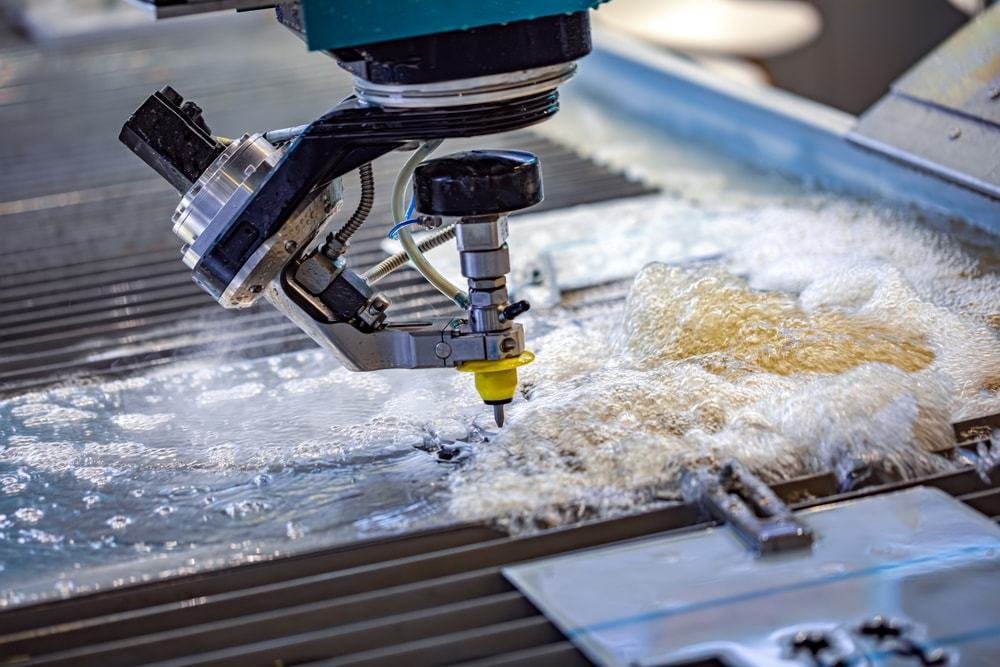Overmolding
What is Overmolding?
Overmolding is a manufacturing process in which one material is molded around a pre-existing component, creating a single part with multiple materials. The core material, often rigid like plastic, metal, or composite, is first molded or shaped, and then a softer material, such as rubber, thermoplastic elastomer (TPE), or silicone, is injected around it. This process combines the benefits of both materials—such as strength, flexibility, and comfort—into one part. Overmolding is widely used in industries like automotive, electronics, medical devices, and consumer products, where products require enhanced durability, improved ergonomics, or protection from environmental factors. It enables manufacturers to create parts that offer superior performance and tactile feel, while also reducing the need for multiple components, streamlining assembly, and potentially lowering production costs.
Overmolding Services
Two-shot Overmolding Service
Two-shot overmolding, also known as multi-shot injection molding, is a specialized manufacturing process where two different materials are molded in two sequential steps to create a single, unified product. This technique is widely used for creating complex parts with multiple colors, textures, or materials, improving functionality, aesthetics, and ergonomics.Two-shot overmolding is a transformative technology that allows manufacturers to innovate while improving efficiency and product quality.

Insert Overmolding Service
Insert overmolding is a type of overmolding process where a pre-made component, often referred to as an insert, is placed into a mold cavity. The overmolding material (usually a thermoplastic, rubber, or elastomer) is then injected around the insert, bonding the two materials together to create a single, integrated part. This technique is used to combine the benefits of different materials within a single component, typically to enhance the functionality, strength, or performance of the product.

How Two-shot Overmolding is different from Insert Overmolding Different?
Two-shot overmolding is a manufacturing process where two different materials are molded together in two separate injection molding stages within the same mold. In this process, the first material, typically a rigid plastic, is injected into the mold cavity to form the core of the part. After the first material cools, the mold is reloaded, and the second material, usually a softer, more flexible material like rubber or thermoplastic elastomer (TPE), is injected over the first material The two materials bond together during the injection process, creating a single, integrated part.
Insert overmolding, on the other hand, is a process where a pre-made component, or insert, is placed into the mold before the overmolding material is injected around it. The insert can be made of a variety of materials, such as metal, plastic, or ceramics, depending on the part’s requirements. Once the insert is positioned in the mold, the second material—often a soft or flexible material like rubber or thermoplastic elastomer (TPE)—is injected into the mold cavity, surrounding and bonding with the insert. The key advantage of insert overmolding is its ability to combine complex inserts with overmolded materials, improving part functionality while simplifying the production process.
How Overmolding Works?
Core Material Production
The first step in the overmolding process is to create the core of the part. The core is usually made from a rigid material like plastic, metal, or composite. This core is created through standard molding processes, such as injection molding, compression molding, or casting.
Mold Design
Once the core is created, a mold is designed to accommodate both the core material and the overmold material. The mold has two main sections: one for the rigid core and another for the overmolding material.
Overmolding Process
The core part is placed into the mold, and then the second material, typically a flexible material like rubber, silicone, or thermoplastic elastomer (TPE), is injected over the core.
Cooling and Solidification
After the overmolding material is injected, the mold is cooled to allow the overmolded material to solidify and bond firmly to the core material. This cooling process ensures that the overmold material takes on the shape of the mold cavity and remains securely attached to the core.
Ejection and Finishing
Once the overmold material has cooled and hardened, the finished part is ejected from the mold. The part is now a single, multi-material component, with a rigid core and a soft, flexible overmold layer.
Factors to Consider When Choosing Overmolding Materials:
Bonding Compatibility: The core and overmold materials need to have chemical compatibility to ensure they bond well together during the molding process. For example, TPE and ABS often form a good bond, while silicone may require specialized molding techniques.
Mechanical Properties: The choice of material should align with the strength, flexibility, and durability requirements of the part. For instance, a soft TPE overmold would work well for a grip handle, while silicone is ideal for medical applications.
Environmental Resistance: Overmolding materials may need to withstand exposure to environmental factors like heat, UV radiation, chemicals, and moisture. Materials like silicone or EPDM rubber offer superior resistance to harsh conditions.
Aesthetic and Functional Needs: For products that require aesthetic appeal or comfort, materials like silicone or soft-touch TPE are ideal. They provide an attractive finish and an improved user experience.
Processing Requirements: Consideration of the material’s processing characteristics, such as flowability during molding, cooling time, and temperature resistance, is important to ensure efficient production. Materials like TPE and silicone are often easier to process than thermosetting plastics or metals.
Why Choose Avinyaworks for Overmolding Services?
Endless Options
Choose from millions of possible combinations of materials, finishes, tolerances, markings, and certifications for your order.
Easy to Use
Get your parts delivered right to your door without the hassle of sourcing, project management, logistics, or shipping.
Quality Assurance
Our quality check includes visual inspection, dimensional verification, functionality testing (if applicable), and a review of surface finish.

